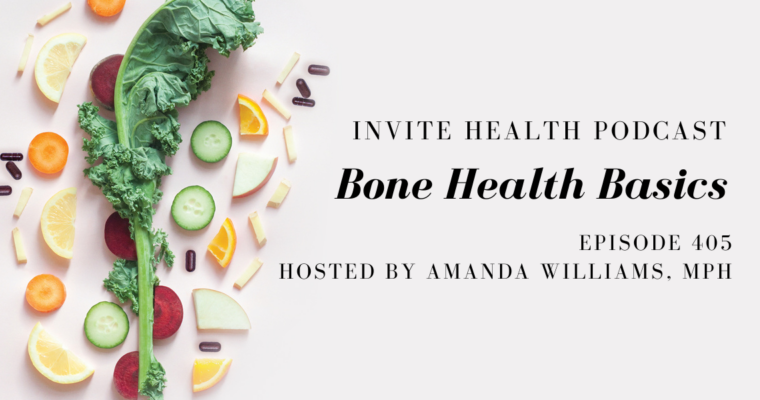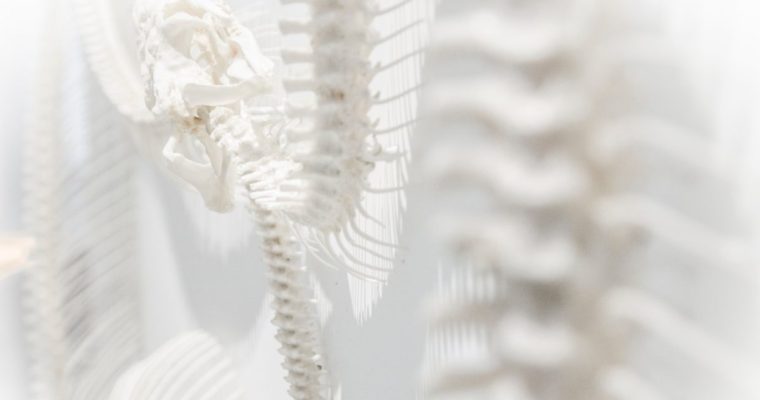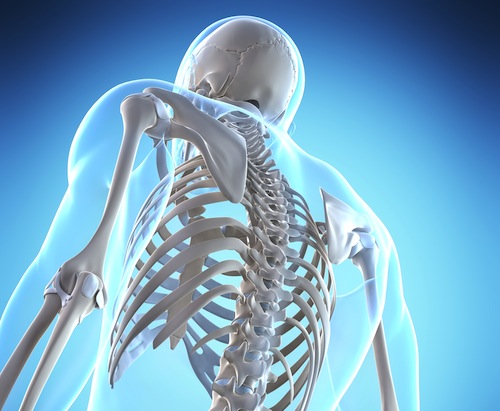About 325,000 Americans over the age of 65 will break their hip this year. A minimum of 25% of those with hip fractures will need assistance walking after the fracture, 25% will end up in a nursing home and 25% or more will die within the coming year due to complications directly attributable to the hip fracture. Seventeen percent of women and 30% of men who suffer with a hip fracture die within the first year following a hip fracture.
Bone health supplements can help support the replacement of bone cells and protect the loss of bone cells in the body. Learn more by clicking here!
Osteoporosis
Dr. Richard Dell stated, “If the U.S. healthcare system, started to take osteoporosis seriously, it could slash the incidence of hip fracture by 25%”. That’s a lot of saved lives. Dr. Dell is an orthopedic surgeon with Kaiser Southern California, an HMO with around 3.1 million members. Dr. Dell recently described the HMO’s Healthy Bones Program initiated to identify patients at risk of bone fracture and to make sure they also received adequate treatment. The program reduced hip fracture incidence in participants by an average of 37.2%.
Prevention of Osteoporosis in Men By Jun Wang, MS
The screening teams lead by orthopedic surgeons identified about 620,000 HMO participants who were at risk of developing brittle bones (osteoporosis). These included women over age 65, men over age 70, anyone taking drugs that worsen bone loss, and anyone over 50 who recently had a fragility fracture. They screened the bones of all at risk with a DEXA scan X-ray. Those that required it were treated with medication and educated about osteoporosis and the plan worked. The report appears in the early online ahead of print version of the November 3rd, 2008 issue of the Journal of Bone and Joint Surgery. Note: over one-third of Americans over the age of 65 (about 12 million people) will fall this year and falls are the leading cause of fatal and nonfatal injuries in older Americans. A percentage of this figure is tied into hip fractures.
Read, “Osteoporosis: More Than Calcium Deficiency” by Dr. Millie Lytle, ND, MPH, CNS by clicking here!
Nutrients for Bone Health
Health professionals agree that adequate levels of Vitamin D and Calcium are necessary for building strong bones. But the amount of Vitamin D thought necessary is now recognized as being sorely deficient. Building bones require the activity of osteocalcin, a protein that places calcium squarely within bones. Vitamin K acts as an essential binding agent in osteocalcin, allowing the fusing of calcium into the bones. Various studies show that Vitamin K2 and Vitamin K1 are necessary for building bone in the hip and the spine. Strontium is a mineral that has a number of activities for building strong bone. Large studies using Strontium in thousands of patients show impressive results for improving the health of the spine, hips, wrists, and other bones and the evidence shows dramatic benefits within the first year. Strontium has two actions – slowing the breakdown of bones (this is what drugs do) while improving the rate at which bone is rebuilt (this is what drugs do not do). Because of its dual activity and because Strontium is helpful in all age groups (even in those over the age of 80) Strontium is a smart adjunct to all bone building programs.
Beyond providing raw materials essential to bone health and eliminating unfavorable habits, the following strategies may also help to enable your body to utilize bone nutrients more efficiently:
- Keep your diet rich in potassium, a calcium-sparing mineral. The body will use potassium as a buffer for acid-producing food rather than mobilizing calcium from the bones.
- Exercise regularly with weight-bearing or resistance-training – preferably both. In weight-bearing exercise, gravity and your body weight provide the resistance, such as in walking, dancing, and jogging. In resistance exercise such as weight-training, muscle pulls on the bone to move a workload.
- Soy isoflavones, beneficial to menopausal women, can bind to estrogen receptor sites on osteoblasts (bone-forming cells). Whereas estrogen primarily helps prevent the breakdown of bone, soy isoflavones assist in the formation of new bone.
The effectiveness of methods discussed in this article are dependent upon a constant intake and supply of the fundamental bone nutrients, along with a healthy lifestyle and good living habits – no smoking, moderate alcohol consumption, regular exercise, and a healthy diet.
Questions for Jerry Hickey, R.Ph? Leave us a comment to join the conversation!






